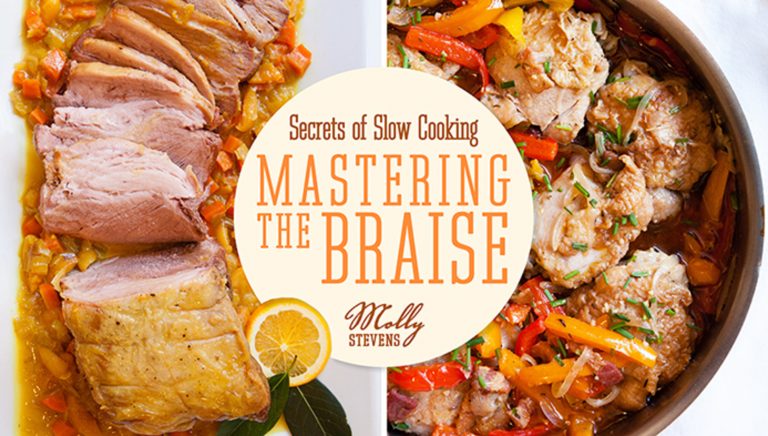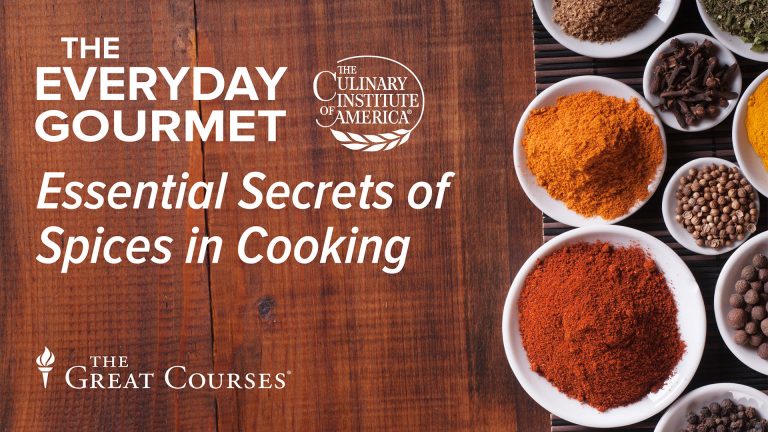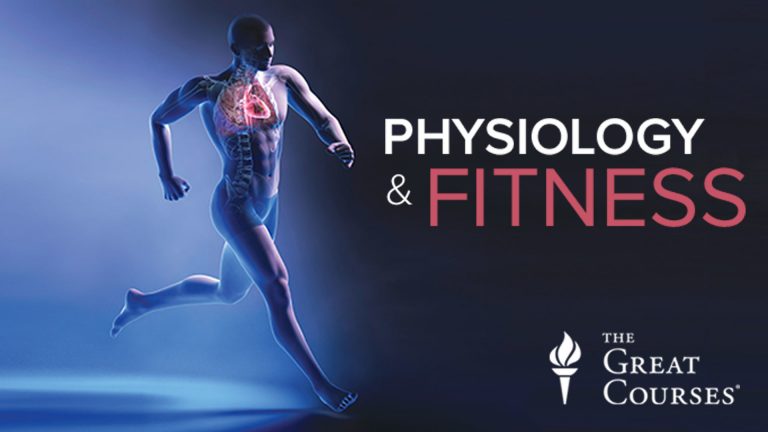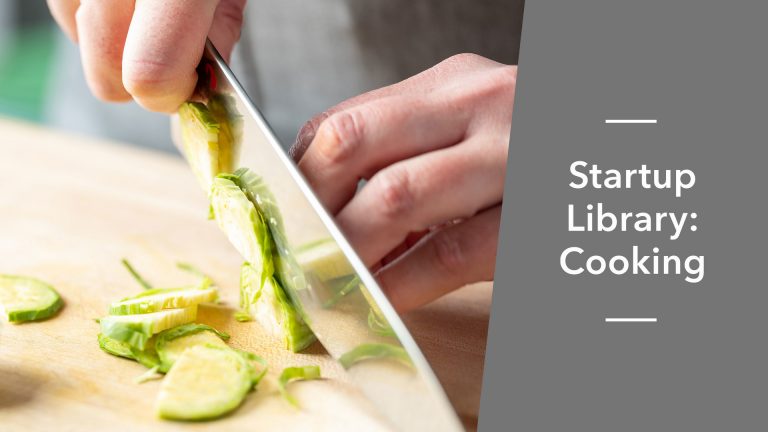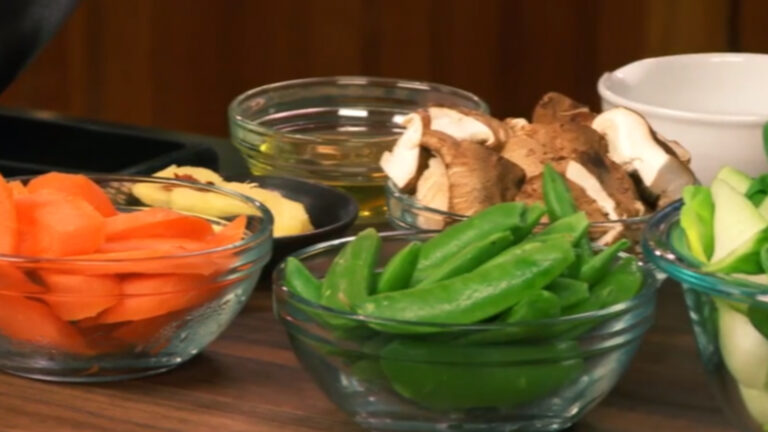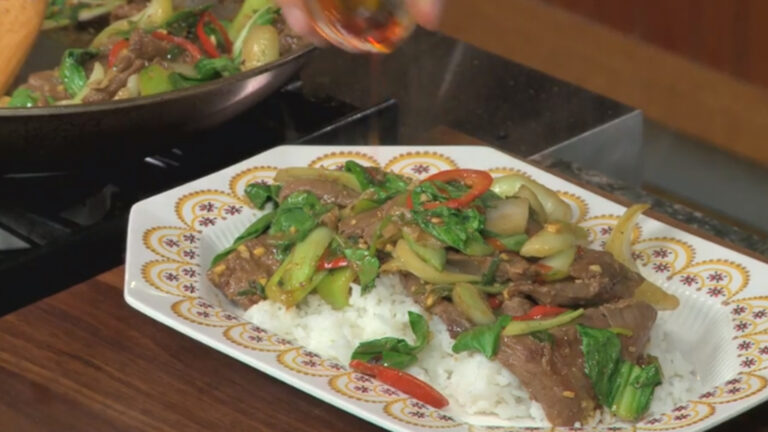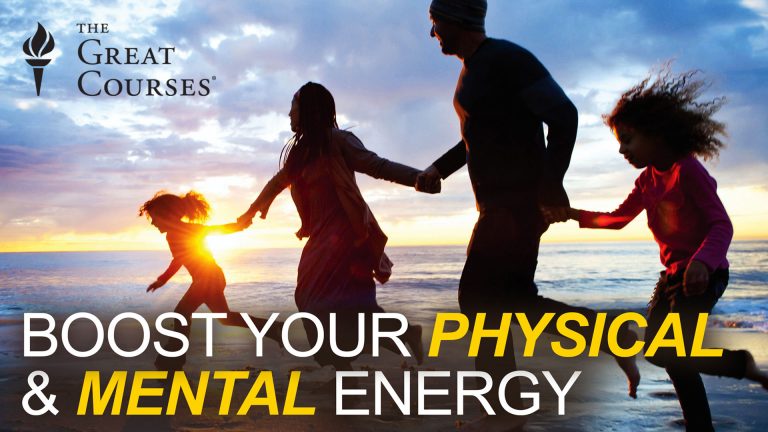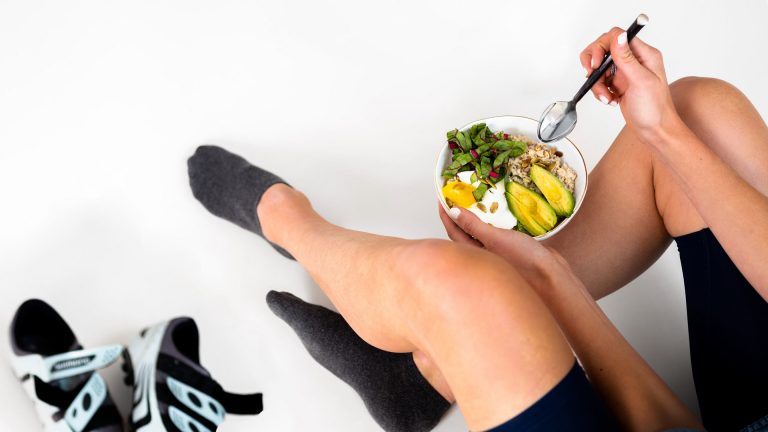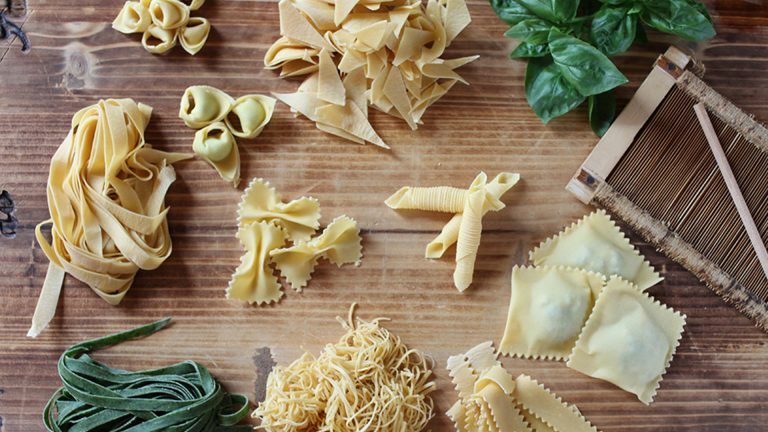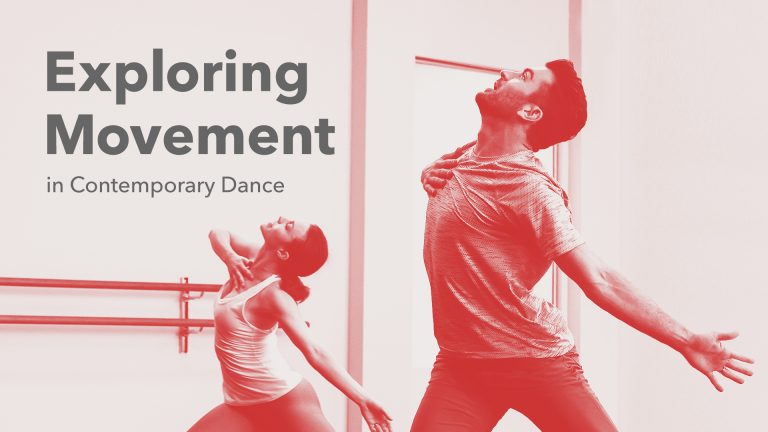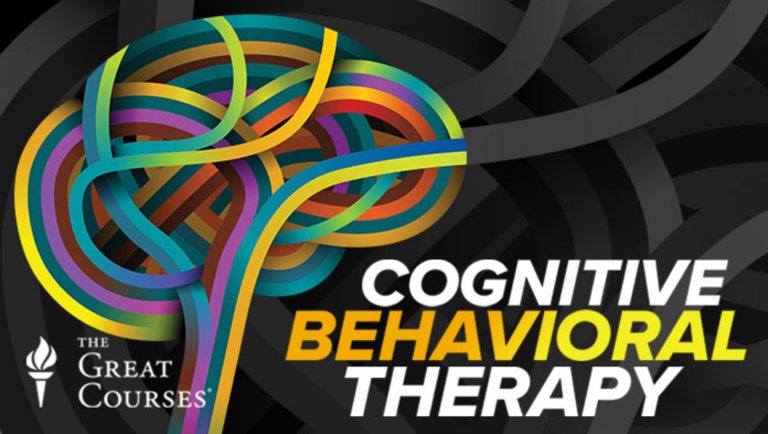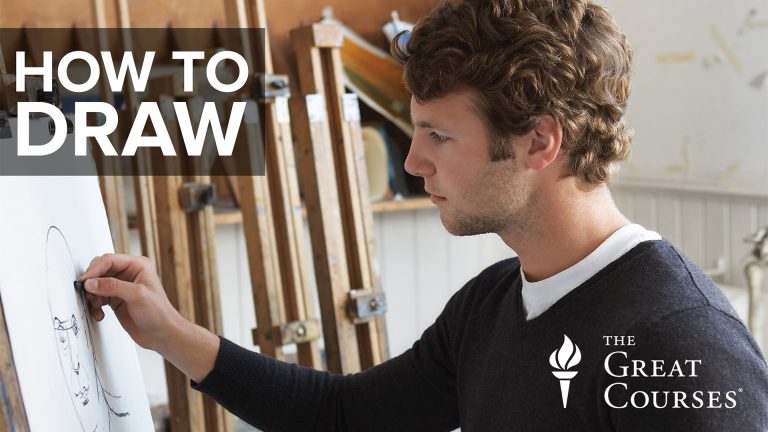
Food, Science & the Human Body
Alyssa Crittenden
- In-depth Instruction; over 1073 mins
- On-demand video access anytime
- Bonus downloadable PDF resources
- Access to class Q&A
- Available for purchase: $334.95

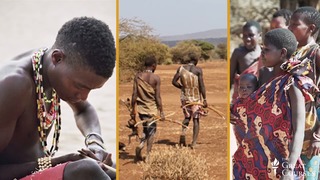

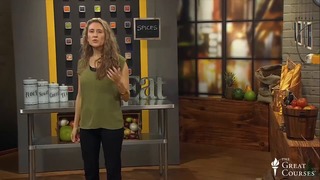
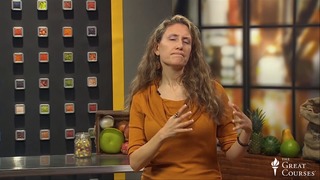

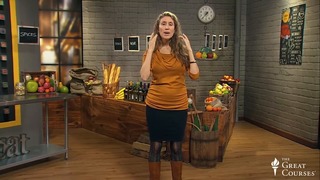



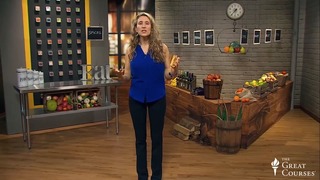
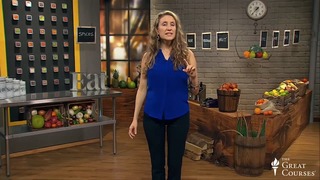
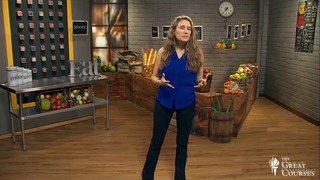

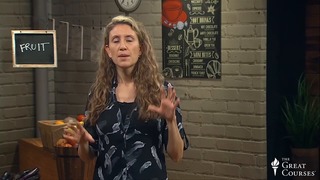
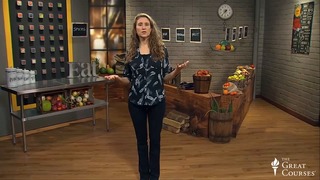




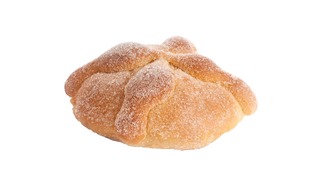
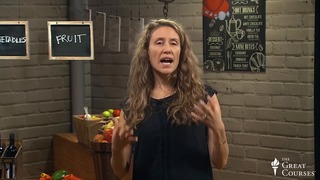
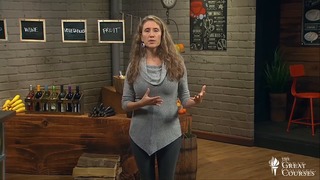

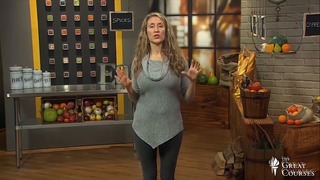
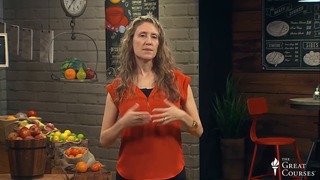
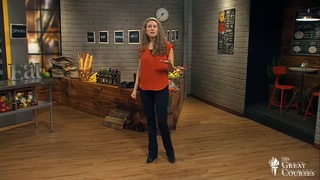


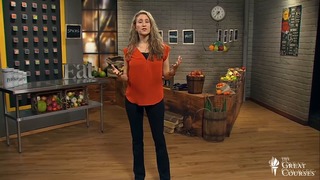
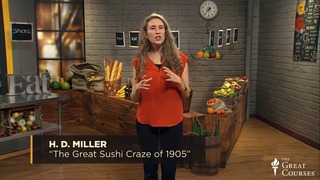


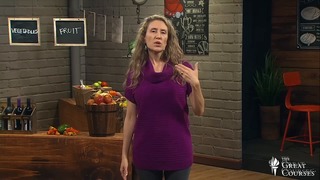

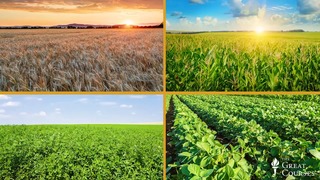
It may be a well-worn saying, but scientific data backs it up: You are what you eat. And not only that: You are what your earliest ancestors ate. In short, the story of humanity is inextricably linked to the foods we eat. Award-winning professor Alyssa Crittenden, Ph.D., provides a research-based approach to the history and science of the human diet, taking you far beyond the supermarket and laboratory. Understand our current — and future — relationship with food by looking back in time to the roots of food and food culture, and its intersection with science.
Alyssa Crittenden
Alyssa Crittenden is an anthropologist whose focus is on behavioral ecology and nutritional anthropology. She does field research among the Hadza hunter-gatherers of Tanzania, East Africa. Prof. Crittenden has received multiple awards for her research contributions, including the prestigious Nevada Regents' Rising Researcher Award for 2017. Her research has been published in top-tier academic journals such as National Geographic magazine, Smithsonian magazine and Psychology Today. Prof. Crittenden has also appeared on BBC, PBS and NPR, as well as in several documentaries.

Bonus materials available after purchase
What is the “Purchase” option all about?
If I’m a paid Premium or Gold Member of Craftsy, do I need to purchase the Class to have access?
How do I know what the Class covers?
Do I have to be a Member of Craftsy to purchase a Class?
How do I “Purchase-to-Own” a Class?
How do I access/view my Class?
Is there a limit on the times I can view my Class?
Can I view a Class on my tablet device or mobile phone?
How do I get access to the Bonus Materials for the Class?
How does the Class Discussion benefit work?
Can I print out Class Bonus Materials?
Are there any system requirements to view the Class video content?
Can I get a refund if I don’t like the Class?
Premium Membership
Unlock exclusive member content from our industry experts.
- 24/7 Access to Over 2,000 Premium Classes and Hundreds of Instructional Videos Across 20+ Categories
- Extensive Library of Downloadable Patterns and Recipes
- Stream and Download Classes Anywhere with the Craftsy App
- Share Your Membership with up to 3 Friends or Family Members
- Access to Ask the Expert Program
- Admission to Exclusive LIVE Streaming Virtual Events
Unlock exclusive member content from our industry experts.
- 24/7 Access to Over 2,000 Premium Classes and Hundreds of Instructional Videos Across 20+ Categories
- Extensive Library of Downloadable Patterns and Recipes
- Stream and Download Classes Anywhere with the Craftsy App
- Share Your Membership with up to 3 Friends or Family Members
- 2 Full-Length Classes to Keep in Your Account for Life
- Access to Ask the Expert Program
- Admission to Exclusive LIVE Streaming Virtual Events
Gold Membership
$449 Value
Get everything included in Premium plus exclusive Gold Membership benefits.
- 24/7 Access to Over 2,000 Premium Classes and Hundreds of Instructional Videos Across 20+ Categories
- Extensive Library of Downloadable Patterns and Recipes
- Stream and Download Classes Anywhere with the Craftsy App
- Share your Membership with up to 3 friends or family members
- 8 Full-Length Classes of Your Choice to Keep in Your Account for Life
- 10 Patterns, Guides, or Recipes of Your choice to Download to Your Devices
- 20% off Purchase-to-Own Classes in the Craftsy Shop (Select Classes Only)
- Access to Ask the Expert Program
- Exclusive GOLD LIVE Virtual Events
Purchase Class
Purchase class and add to your personal library with on-demand video access.
- Enjoy on-demand video access to this content anytime, anywhere for the one-time cost below.
- You won’t lose access, with or without an active current Membership

Food, Science & the Human Body
with Alyssa Crittenden
